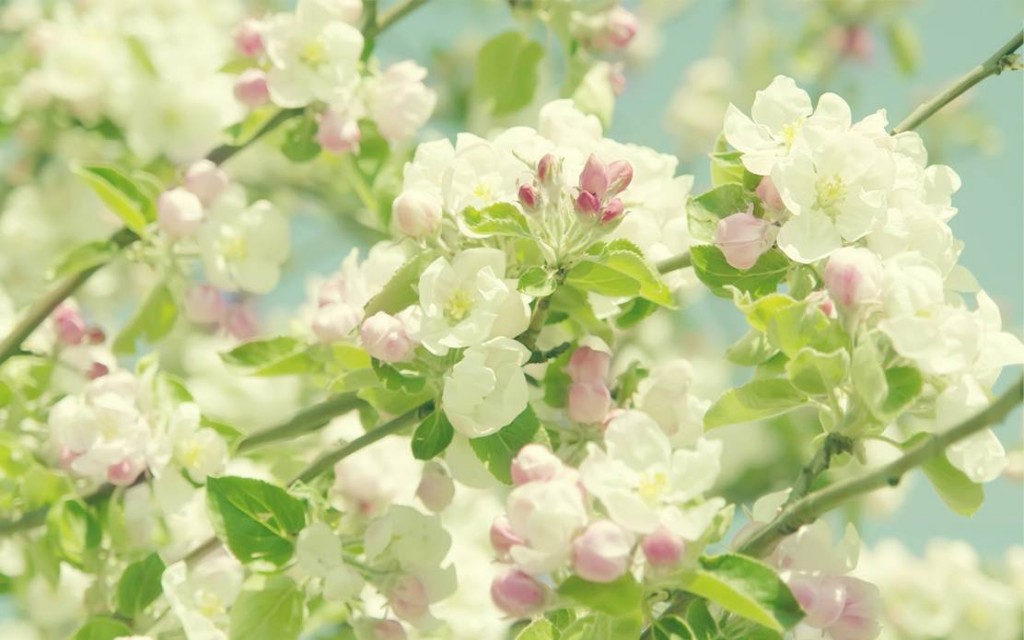I love this beautiful waltz. Will someone tell me if this song is Russian in origin? It is a song full of longing and love.
梅花我曾走過許多國家漂泊不定浪跡天涯我曾看過許多名花但我最愛這梅花走遍天涯賞盡名花但我最愛這梅花走遍天涯賞盡名花但我最愛這梅花 |
Plum Blossom (Mei Hua)I have travelled to so many countriesI’ve wandered to the ends of the worldI’ve seen so many famous flowersBut the one I love most is Mei HuaTo the ends of the worldI’ve seen all the famous flowersBut how I love Mei Hua the most!To the ends of the worldI’ve seen all the famous flowersBut how I love Mei Hua the most! |
Plum Trees in Blossom! How remarkable, the beauty! Yet, it blossoms in the cold and in snow!
Mei Hua / Plum Blossom in art…






Lin
It was composed by Beethoven (the most famous German composer) while the original lyrics from Goethe (the most famous German poet). But one of my child´s music book said the melody was originally a Scottish folk tune. Nevertheless, I was unable to verify this or found a second source saying this.
This song is a popular children´s song in Germany under the German name “Der Bettler mit dem Murmeltier” (the beggar with the Groundhog). Because of the simple melody, it is popular when children learn their first music instrument like piano or flute. You can google this German name and easily find Youtube video with children playing this song.
Original name of the song was “Marmotte” (“Groundhog” in French). Goethe wrote it in a theater play. In this source, you found the original lyrics and the history:
http://www.labbe.de/zzzebra/index.asp?themaid=669&titelid=4873
Original lyric is (translated):
“I have been in many countries, always with my grundhog with me.”
This is a sad song about the beggar children from Savoy (a very poor French region at that time). They travel from place to place, let their groundhogs dance and beg for food.
Lin
jzinius
Wow! Lin! Thank you for your input! Great mystery solved for me. I love this piece so much. I really appreciate your insights! – Jzin